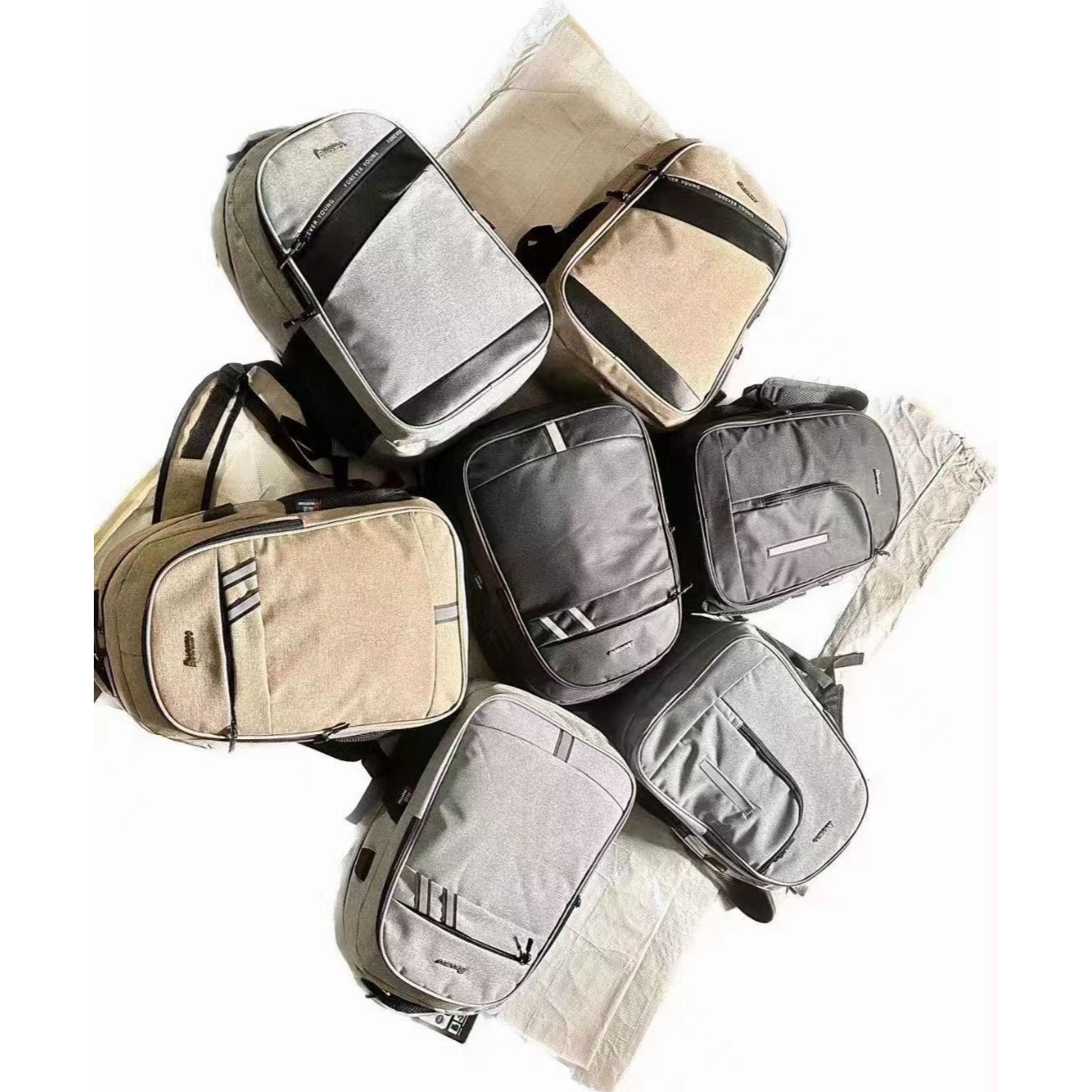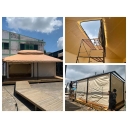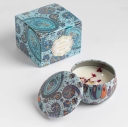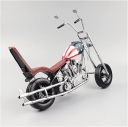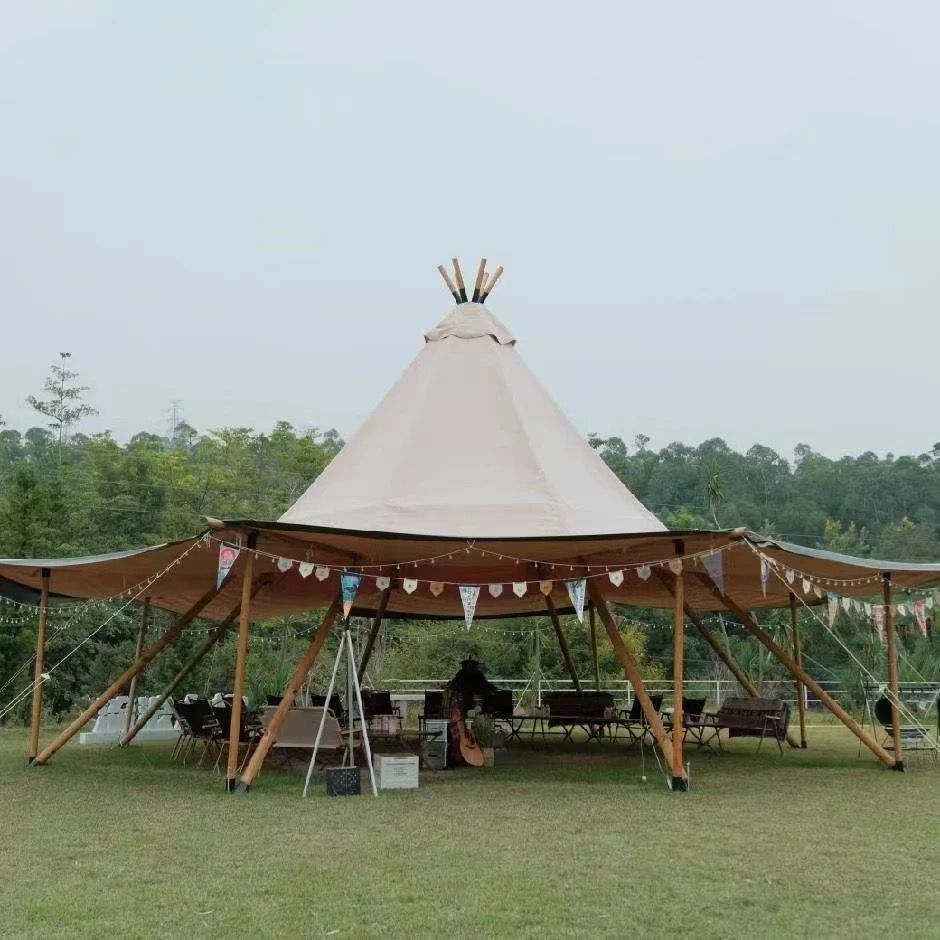
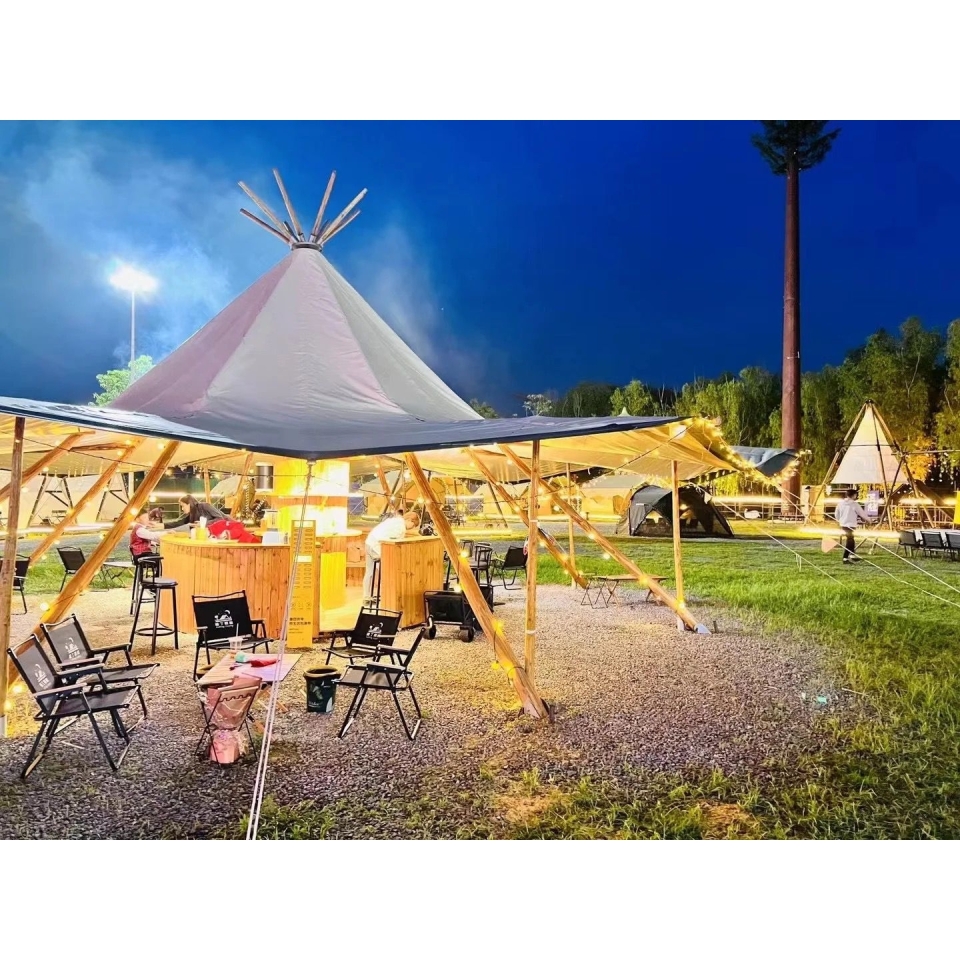
An Indian tipi canvas tent, often referred to simply as a tipi (or tepee), is a conical tent traditionally used by Indigenous peoples of the Great Plains. It is designed for easy assembly and disassembly, making it ideal for a nomadic lifestyle. Today, it remains popular for camping, glamping, and cultural events. Here’s a detailed description:
Structure and Design
• Conical Shape: The tipi is characterized by its distinctive conical shape, which provides excellent stability and allows it to withstand strong winds.
• Canvas Material: Modern tipis are typically made from durable, heavy-duty canvas that is water-resistant and treated for UV protection, mimicking the traditional use of animal hides.
• Framework: The tent is supported by a framework of long, sturdy poles (often made of wood or metal), arranged in a circle and bound together at the top to form the conical structure.
Interior and Layout
• Spacious Interior: The open floor plan provides ample space for sleeping, socializing, and storing gear. The high ceiling allows for standing and moving comfortably.
• Central Fire Pit: Traditionally, a fire pit is placed in the center of the tipi, with an opening at the top (smoke hole) to allow smoke to escape. Modern adaptations may use a portable stove or heater.
Features and Amenities
• Entrance: The tipi typically has a single entrance covered by a canvas flap that can be tied back or secured closed. Some designs include a vestibule or awning for additional weather protection.
• Ventilation: The smoke hole at the top, along with adjustable flaps, allows for ventilation and temperature control, making the interior comfortable in various weather conditions.
• Flooring: The ground inside the tipi is often covered with rugs, mats, or ground cloths to provide comfort and insulation.
Additional Features
• Weather Protection: The conical shape efficiently sheds rain and snow, while the heavy-duty canvas provides protection from the elements. The adjustable flaps can be managed to control airflow and maintain a comfortable interior climate.
• Portable Design: True to its nomadic roots, the tipi is designed for easy assembly and disassembly. The poles and canvas can be quickly packed and transported, making it ideal for mobile living.
Decor and Ambiance
• Traditional Aesthetics: Tipis often feature natural colors and may include decorative elements such as painted designs, which can reflect cultural motifs or personal expression.
• Cozy Interior: Furnished with rugs, cushions, low tables, and traditional bedding, the tipi interior is warm and inviting. It can be personalized with additional decor for a comfortable glamping experience.
Usage and Versatility
• Cultural Events: Tipis are used in cultural and educational events to celebrate and teach Indigenous heritage and history.
• Camping and Glamping: Their spacious and comfortable design makes them popular for both rustic camping and luxurious glamping experiences.
• Gatherings and Retreats: Suitable for small gatherings, workshops, or retreats, providing a unique and intimate space for group activities.
Historical and Cultural Significance
• Cultural Heritage: The tipi is an iconic symbol of the Indigenous cultures of the Great Plains, representing centuries of tradition, ingenuity, and adaptation to the environment.
• Sustainability: The traditional construction methods and materials emphasize sustainability and a deep connection to nature, aligning with modern eco-friendly camping practices.
An Indian tipi canvas tent offers a blend of historical authenticity and modern comfort, making it a versatile and appealing choice for a variety of outdoor activities. Its unique design provides a memorable and culturally rich experience.
- Width600cm
- Length700cm
- Height360cm
- Weight600kg
